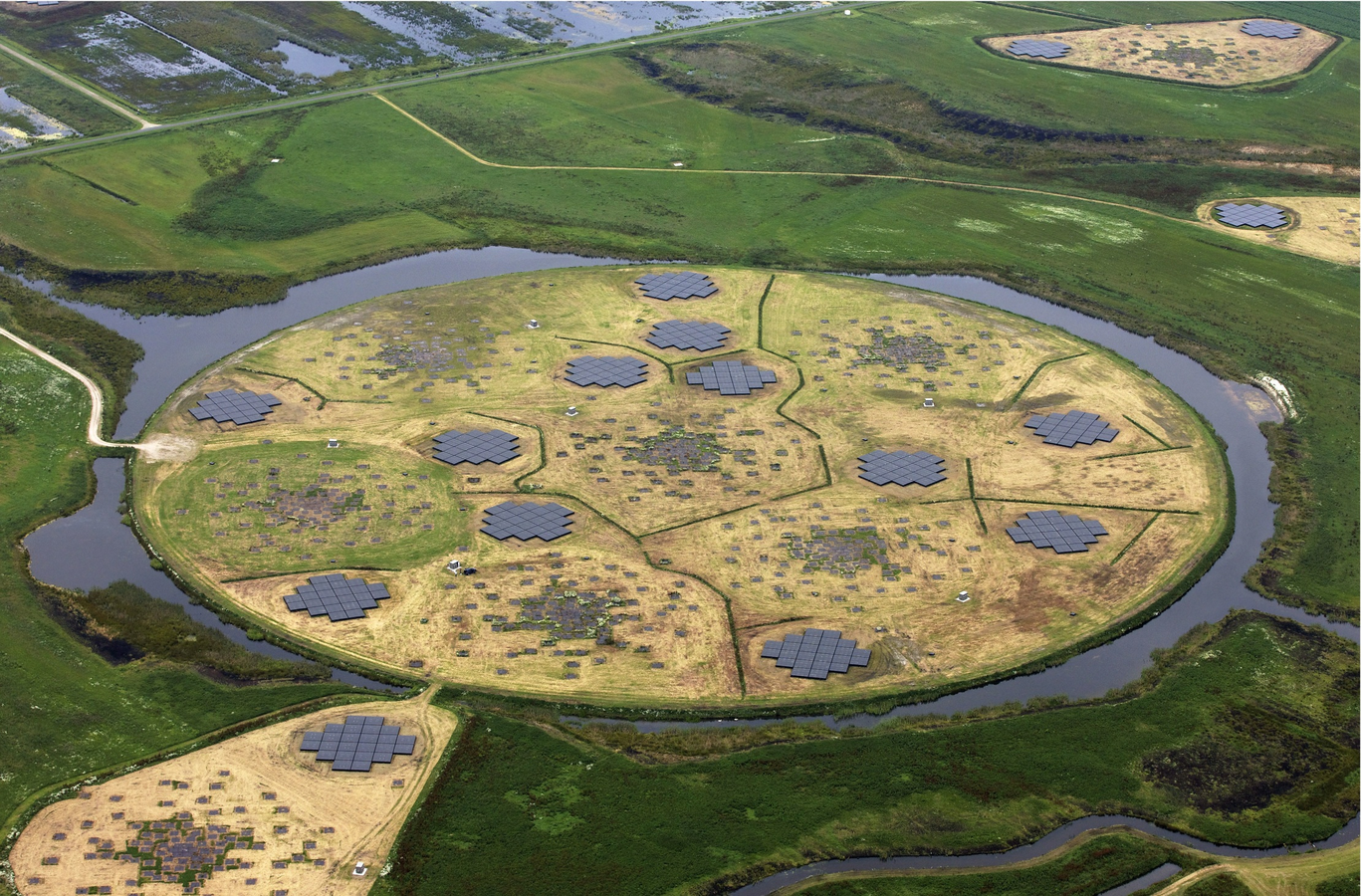The new morphometric challenge of next-generation radio surveys
Kenneth Duncan
(Leiden Observatory)


(can you help?)
LOFAR
WEAVE-



Dutch stations: only these used for large area survey


Core 'superterp'



Core 'superterp'
HBA : 120 - 240 MHz
LBA : 30 - 80 MHz
Tier-1 : will cover whole northern hemisphere
(0.1 mJy RMS at 150 MHz)
Tier-2 : ~100s of sq.deg to faint flux limits (25 μJy RMS @ 150 MHz)
Tier-3 : ~10s of sq.deg to sensitivities > the deepest existing imaging
(6 μJy @ 150 MHz)
Details: Röttgering et al. 2011
LOFAR Surveys KSP
LOFAR Surveys KSP

Relative to other radio surveys

LOFAR Surveys KSP
In physical terms...
LOFAR Surveys KSP
In physical terms...

Tier 1
Tier 2
Tier 3
Tier 3
Tier 2
Tier 1
LOFAR Surveys KSP
In physical terms...

Tier 1
Tier 2
Tier 3
Tier 3
Tier 2
Tier 1
Evolution in FIR-radio correlation?

(W. Williams+ 2015)
1 day of observations at 150 MHz
(now ~6 days observed)
~19 sq.deg
RMS ~120-150 uJy/beam
~6" beam
-LOFAR
WEAVE

What is WEAVE?
WHT Enhanced Area Velocity Explorer
-
WEAVE is a 960(/940) x 1.3” fibre multi-object spectrograph going on the 4.2m WHT
-
First light Q1 2018
-
2 deg diameter field of view
- Complete wavelength coverage from 370–960nm at R=5000 in LR mode

WEAVE Science
-
Galaxy Clusters
-
Galaxy Evolution
- STEPS
- WEAVE-APERTIF
-
WEAVE-LOFAR
- WEAVE-QSO
http://www.ing.iac.es/weave/science.html
- Archaeology
(Gaia follow-up: radial velocity and abundances)
- Stellar, Circumstellar and Interstellar Physics
Galactic
Extra-galactic
What morphology problem do we want to solve?
1. Find the center of the host galaxy to sub-arc-second precision.
2. ...
3. ...erm, thats it.
So what's the catch?



Doubles/Triples and nice pretty jets...
The varied morphologies of radio sources



Doubles/Triples and nice pretty jets...
The varied morphologies of radio sources
6+ arcmin
~3 arcmin
~2 arcmin
~1 arcmin diameter
Bent or 'tailed' sources


The varied morphologies of radio sources
Bent or 'tailed' sources


Aside: automatically identifying large numbers of tailed sources will be an excellent way to find undiscovered clusters (both low-z and high-z)
The varied morphologies of radio sources

Some sources are extended and shouldn't actually have counterparts

The solution... probably people again!


But most sources are actually pretty nice
~3300 sources per ~10sq.deg field
92% - single component 'blobs' (some resolved)
3.4% - no obvious core (FRII type sources)
1% - classed as tailed sources
1% - radio halos and relics
Williams et al. (2015)
~3300 sources per ~10sq.deg field
92% - single component 'blobs' (some resolved)
3.4% - no obvious core (FRII type sources)
1% - classed as tailed sources
1% - radio halos and relics
Scaled to hemisphere
6 million
~250k
~70k
~70k
Williams et al. (2015)
~3300 sources per ~10sq.deg field
92% - single component 'blobs' (some resolved)
3.4% - no obvious core (FRII type sources)
1% - classed as tailed sources
1% - radio halos and relics
Scaled to hemisphere
6 million
~250k
~70k
~70k
Including deeper tiers LOFAR = 30 million sources
EMU = 70 million sources
Can we cut down number of visual classification/IDs?
Williams et al. (2015)

Size
Class 1 = Single source (may be resolved)
Class 11 = Multiple components - clear core
Class 2 = extended FRI or FRII type source
Analysis by W.Williams


Maybe non-parametric morphologies can help
Asymmetry?
Gini & M20?
Machine Learning

Kai Polsterer,
University of Bochum
Rotationally invariant SOMs
Machine Learning
Kai Polsterer,
University of Bochum



Credit: Tim Shimwell

Credit: Tim Shimwell
The challenge of automated classification of radio sources
By Kenneth Duncan
The challenge of automated classification of radio sources
Lorentz Center (16th Sept) presentation
- 439



